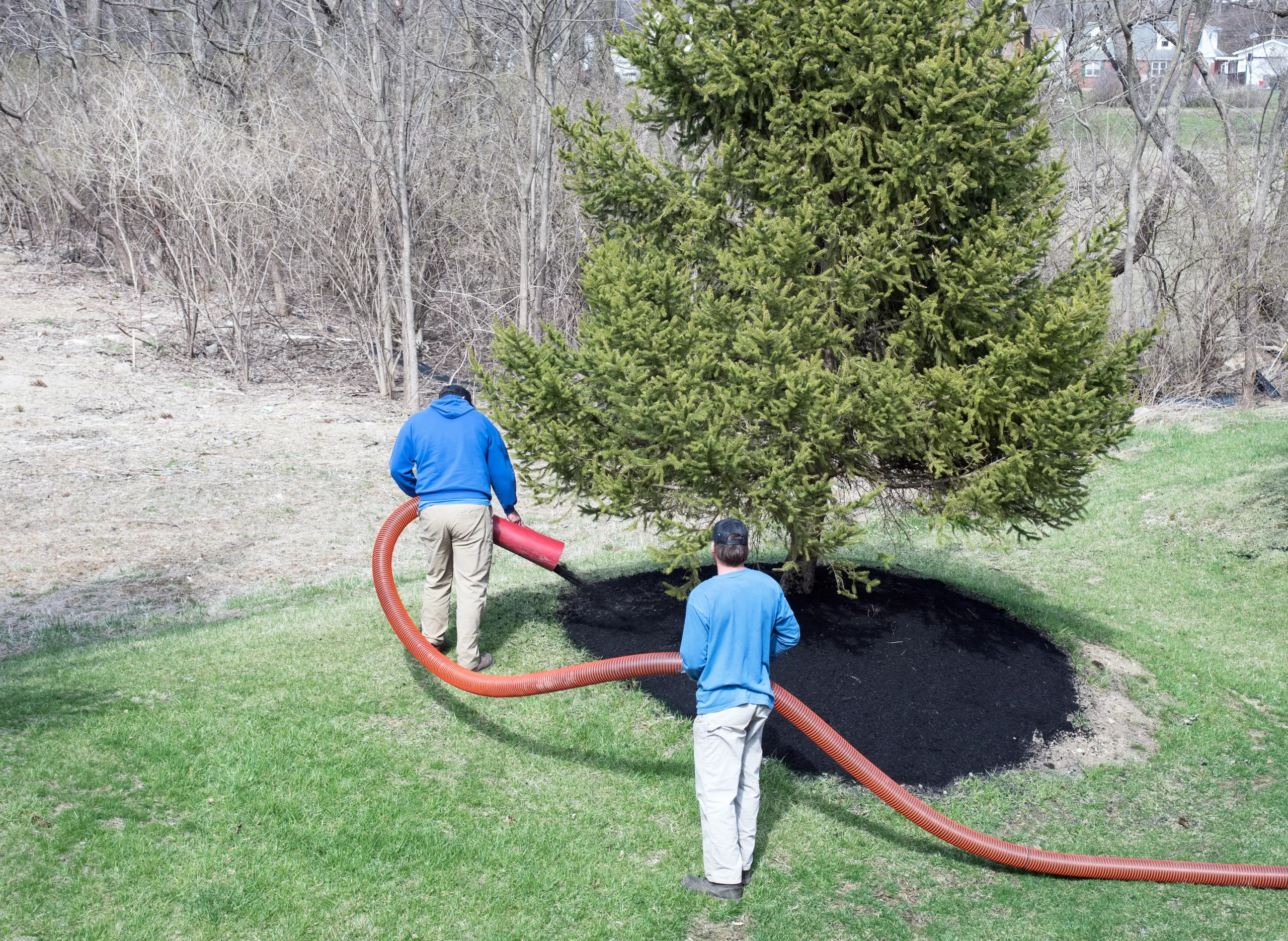Mulching is one of the simplest yet most effective ways to maintain a healthy and attractive garden. Selecting the appropriate mulch may have a big impact on the look of your landscape and the health of your plants, regardless of your level of gardening experience. Given the variety of mulch types available, it’s necessary to fully understand their advantages, disadvantages, and ideal uses. This comprehensive guide will walk you through everything you need to know to select the best mulch for your gardening needs.
What is Mulch?
Mulch is any material—organic or inorganic—applied to the soil surface to improve its quality, retain moisture, suppress weeds, and enhance the garden’s aesthetics. It serves as a protective layer that shields plants from extreme weather conditions while promoting healthy root development.
Benefits of Mulching
Mulch provides numerous advantages for your garden, including:
- Moisture Retention: Mulch helps soil retain moisture by reducing evaporation, ensuring that plants receive consistent hydration.
- Weed Suppression: A thick layer of mulch prevents weed seeds from germinating and growing.
- Temperature Regulation: It insulates soil, keeping it warmer in the winter and cooler in the summer.
- Soil Enrichment: Organic mulch decomposes over time, adding essential nutrients to the soil.
- Erosion Control: Mulch prevents soil erosion by reducing the impact of rain and wind.
- Aesthetic Appeal: It enhances the overall look of your garden, giving it a neat and polished appearance.
Types of Mulch
Mulch falls into two primary categories: organic and inorganic. Each type has its own set of characteristics and best-use cases.
Organic Mulch
Organic mulch is derived from natural materials and decomposes over time, improving soil fertility. Some popular types include:
1. Wood Chips and Bark Mulch
- Best for: Trees, shrubs, and flower beds.
- Pros: Long-lasting, visually appealing, improves soil quality as it decomposes.
- Cons: May attract termites or other pests, can deplete nitrogen from the soil as it decomposes.
2. Straw and Hay
- Best for: Vegetable gardens and newly seeded lawns.
- Pros: Excellent at retaining moisture, suppresses weeds, and adds organic matter to soil.
- Cons: May contain weed seeds, requires regular replenishing.
3. Grass Clippings
- Best for: Lawns, flower beds, and vegetable gardens.
- Pros: Free and readily available, adds nutrients to the soil, decomposes quickly.
- Cons: Can mat down and block water absorption, may introduce weed seeds.
4. Leaves and Leaf Mold
- Best for: Perennial gardens and flower beds.
- Pros: Readily available, rich in nutrients, improves soil texture.
- Cons: Can become compacted, may harbor insects if not properly managed.
5. Compost
- Best for: Vegetable gardens and flower beds.
- Pros: Highly nutritious, improves soil structure, promotes plant growth.
- Cons: Needs frequent replenishing, may attract pests if not fully decomposed.
6. Cocoa Hulls
- Best for: Decorative flower beds and container gardens.
- Pros: Pleasant aroma, attractive appearance, rich in nutrients.
- Cons: Expensive, toxic to pets, can mold in humid conditions.
Inorganic Mulch
Inorganic mulch does not decompose and requires minimal maintenance. It is ideal for decorative landscaping and long-term soil protection.
1. Gravel and Stone
- Best for: Paths, driveways, and xeriscaping.
- Pros: Long-lasting, excellent for drainage, prevents erosion.
- Cons: Does not improve soil fertility, can become hot in direct sunlight.
2. Rubber Mulch
- Best for: Playgrounds, walking paths, and landscaping.
- Pros: Durable, provides excellent cushioning, does not attract pests.
- Cons: Expensive, may contain chemicals, does not enrich soil.
3. Plastic and Landscape Fabric
- Best for: Weed control in vegetable gardens and around trees.
- Pros: Highly effective at blocking weeds, retains soil moisture.
- Cons: Can overheat soil, difficult to remove once installed, does not allow for proper air and water circulation.
How to Choose the Best Mulch for Your Needs?
When selecting mulch, consider the following factors:
1. Garden Type and Plant Needs
- Flower beds: Bark mulch or cocoa hulls enhance aesthetics.
- Vegetable gardens: Straw, compost, or grass clippings provide nutrients.
- Trees and shrubs: Wood chips or bark mulch help retain moisture.
2. Climate and Weather Conditions
- In hot and dry climates, organic mulch like straw and wood chips helps retain moisture.
- In wet areas, gravel or stone can improve drainage and prevent root rot.
3. Budget and Maintenance
- Organic mulch needs regular replenishing but enriches the soil.
- Inorganic mulch is a one-time investment but does not improve soil health.
4. Pest Control Considerations
- Avoid mulch types that attract pests, such as fresh wood chips near the home.
- Use cedar or cypress mulch, which naturally repels insects.
5. Aesthetic Appeal
- Choose mulch that complements your landscape’s design.
- Colored mulch can enhance visual appeal but should be non-toxic and eco-friendly.
Tips for Proper Mulch Application
- Prepare the Soil: Remove weeds and debris before applying mulch.
- Apply the Right Depth: Use 2-4 inches of mulch for most gardens.
- Keep Mulch Away from Plant Stems: Avoid direct contact to prevent rot and pest infestations.
- Replenish as Needed: Organic mulch decomposes over time and needs to be refreshed.
- Monitor Moisture Levels: Ensure the soil remains adequately moist but not waterlogged.
Conclusion
Finding the right mulch for your garden really comes down to what you need, the climate where you live, and the look you want to achieve. Organic options like wood chips and straw can enrich your soil, while inorganic choices like gravel offer durability that lasts. Mulch plays an important function in any landscape. With these pros and cons of different types and how to apply them properly, you can create a healthier and more beautiful garden that thrives all year round.

